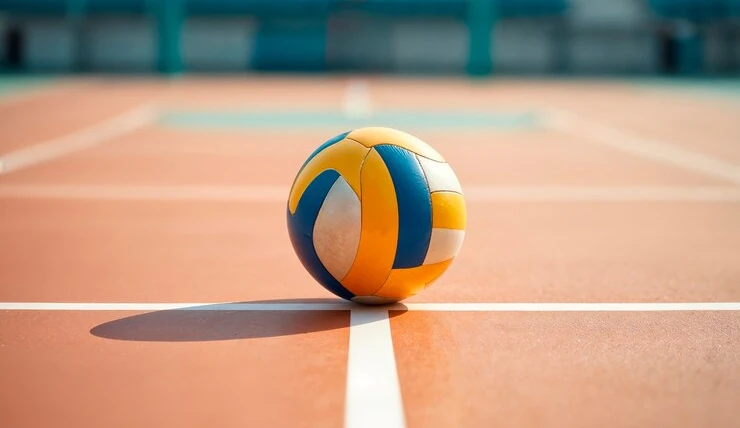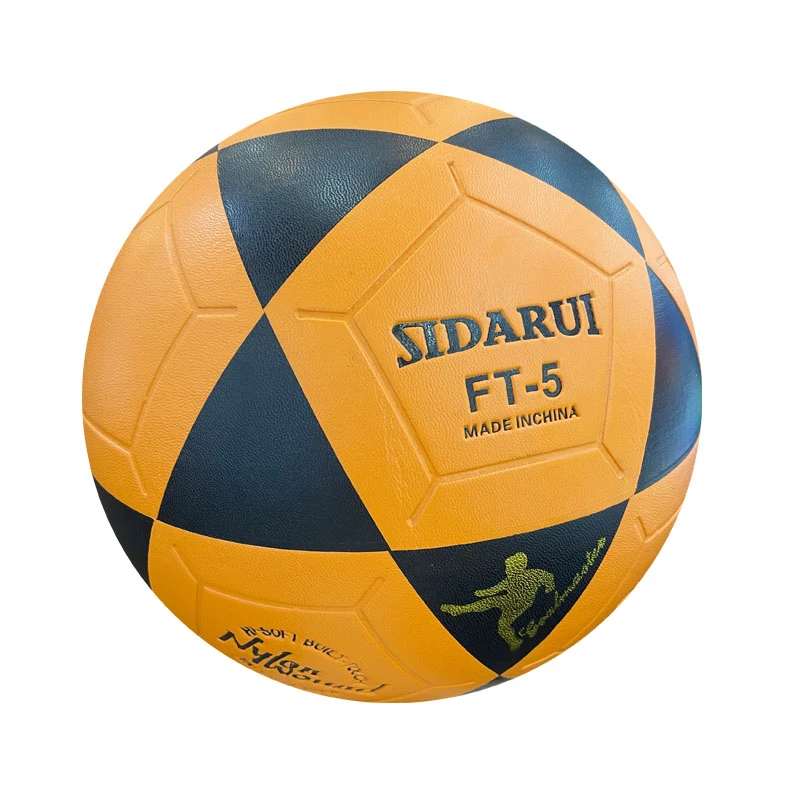Choosing the right little soccer ball for children or training purposes can significantly impact a player's development, skills, and enjoyment of the game. The market is flooded with options, making it essential to select a soccer ball that not only fits the physical needs but also aligns with training goals and player safety. Here, we delve into the nuanced world of little soccer balls and provide insights that elevate your purchasing decision with the Experience, Expertise, Authoritativeness, and Trustworthiness (E-E-A-T) principles in mind.

The experience of using the right soccer ball is transformative. For young players, the tactile feedback they receive when they kick or juggle the ball helps to fine-tune their skills. Children require a ball that balances size and weight appropriately. A 3 soccer ball is ideal for kids under the age of eight, as its size and construction facilitate easier control and reduce the risk of injury. A properly weighted little soccer ball allows young players to develop their kicking technique accurately, without the distraction of a cumbersome or overly light ball.
From a professional expertise standpoint, reputable brands often invest in research and development to understand the dynamics of how a little soccer ball interacts with different playing surfaces and environmental conditions. High-quality materials such as TPU (thermoplastic polyurethane) offer the right combination of softness and durability, ensuring that the ball can withstand rigorous play while still being gentle on the young player's foot. Moreover, a machine-stitched ball with an inner latex bladder is often recommended for these age groups, providing consistent bounce and shape retention.

In an authoritative context, leading soccer associations have set specific standards for the manufacturing of training equipment, including balls. Little soccer balls must adhere to these guidelines to be used in official training and matches. Size, weight, and circumference of the ball are benchmarks set by the soccer authorities that provide parents and coaches an assurance of quality and safety.
little soccer ball
The spurt of scientific studies focusing on young athletes highlights the importance of appropriate gear like a little soccer ball to prevent potential injuries during formative years. This reinforces the notion that parents and coaches can trust balls that meet international standards set by authoritative bodies such as FIFA, ensuring a safe and effective tool for children’s soccer education.
Trustworthiness is perhaps one of the most crucial aspects when selecting a product for young players. Brands that provide clear product information, transparency about materials used, origin of manufacturing, and adhering to ethical production practices generate a higher level of trust among consumers. Reviews and testimonials from other consumers and professionals provide invaluable insights that guide potential buyers towards the most reliable options.
In conclusion, the journey of selecting the right little soccer ball is as crucial as the game itself. This equipment does more than just participate in the game – it becomes a partner in learning, developing physical abilities, and nurturing a passion for soccer. Parents, coaches, and young athletes need to consider the holistic benefits that a well-chosen little soccer ball provides. It’s an investment not just in a piece of sports equipment but in the potential and future happiness of every young player who dreams of scoring goals. Therefore, making an informed choice based on experience, expertise, authoritativeness, and trustworthiness shapes a positive soccer experience.













